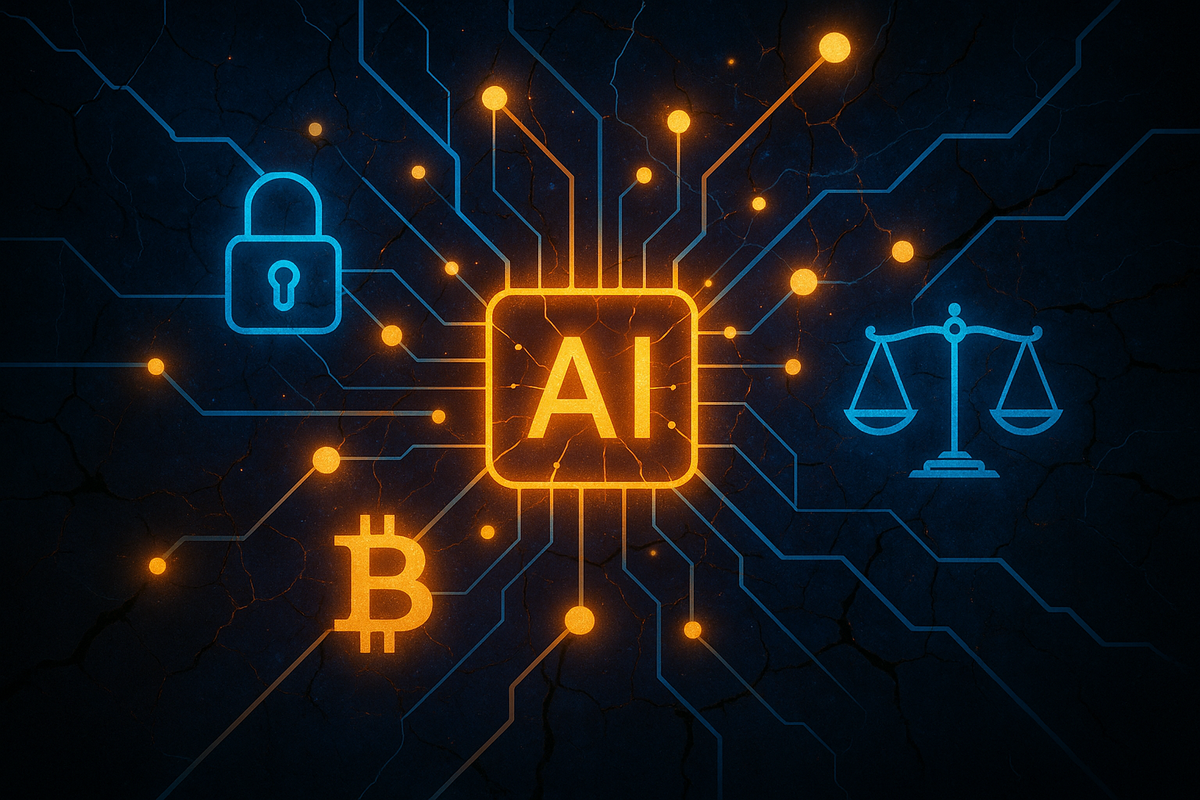
IT asset disposal has become the silent witness to capitalism’s relentless march towards technological obsolescence, where yesterday’s cutting-edge innovations transform overnight into tomorrow’s toxic burden. In the gleaming corporate towers of global finance and technology, executives celebrate quarterly earnings built upon mountains of discarded servers, laptops, and smartphones—each device a testament to an economic system that treats both human labour and natural resources as infinitely expendable.
The Archaeology of Corporate Amnesia
Anonymous warehouses across metropolitan areas house the detritus of the digital revolution—millions of devices containing intimate human data now awaiting industrial forgetting.
The scale defies comprehension:
- Single corporations retire tens of thousands of devices annually
- Each contains terabytes forming comprehensive surveillance archives
- Companies spending millions on cybersecurity treat disposal as an afterthought
- Information disposal becomes a clerical detail for the lowest bidder
- Stark contradiction between security investment and disposal negligence
The Colonial Logic of Data Destruction
Global electronic waste follows centuries-old colonial patterns—raw materials from the Global South become consumer devices, then return as toxic waste to the same impoverished regions.
This creates “toxic colonialism” where:
- Communities never benefiting from digital revolution manage its hazardous aftermath
- Workers dismantle electronics using primitive tools, exposing themselves to toxins
- Wealthy nations export waste whilst externalising environmental costs
- Profit margins depend upon maintaining geographic inequality
- Corporate responsibility initiatives provide ethical cover without systemic change
Singapore’s Techno-Authoritarian Solution
Singapore represents a fascinating case study in how authoritarian efficiency can address the challenges of secure IT asset disposal. The city-state has developed comprehensive regulations that treat data destruction as a matter of national security, recognising that improperly disposed devices can compromise economic competitiveness and social stability.
A senior government technology advisor recently explained, “Our approach to IT asset disposal in Singapore reflects our understanding that information security extends beyond the operational lifespan of any individual device—true security requires controlling the entire lifecycle of sensitive data, from creation through final destruction.”
This perspective reveals something crucial about the relationship between technology and power in the twenty-first century. Control over information increasingly determines geopolitical standing, making proper data destruction a strategic imperative rather than merely a compliance requirement.
The Intimate Surveillance of Everyday Life
The most disturbing aspect of inadequate IT asset disposal lies not in corporate espionage or government surveillance, but in the intimate details of ordinary life that persist in abandoned devices. Every laptop becomes a digital diary, containing fragments that would have been impossible for previous generations of intelligence agencies to compile.
A typical office computer contains:
- Email correspondence spanning years of professional relationships
- Browser histories revealing personal interests and private concerns
- Document fragments containing confidential business strategies
- Cached files preserving sensitive customer information
- System logs tracking patterns of daily activity and behaviour
- Financial records showing spending habits and economic circumstances
- Personal photographs and documents mixed with professional materials
The aggregation of this information across millions of disposed devices creates an unprecedented archive of human behaviour. Criminal organisations, intelligence agencies, and commercial data brokers all recognise the value of this inadvertent surveillance system.
The Violence of Technological Progress
The cheerful narrative of technological progress—each new device faster, smaller, more efficient than its predecessor—obscures the violence inherent in this system of perpetual obsolescence. Every smartphone upgrade represents participation in a destructive global system.
The hidden costs include:
- Resource extraction from conflict zones and environmentally sensitive areas
- Labour exploitation in manufacturing facilities across the Global South
- Environmental degradation from mining operations and chemical processing
- Toxic waste accumulation in communities least able to resist
- Energy consumption throughout the manufacturing and disposal chain
- Social disruption caused by boom-and-bust cycles in resource-dependent regions
Data destruction services, whilst necessary for information security, cannot address these fundamental contradictions. They represent an attempt to manage the symptoms whilst leaving the underlying pathology intact. The real solution requires confronting uncomfortable questions about consumption patterns, corporate responsibility, and the true costs of digital convenience.
The Resistance of Proper Disposal
A quiet resistance grows through responsible IT asset disposal practices:
- Companies prioritising security over cost savings
- Governments enforcing strict environmental standards
- Communities demanding manufacturer accountability
- Individuals extending device lifespans rather than constant upgrades
- Certified disposal specialists challenging dominant corporate logic
Towards a Different Digital Future
The crisis of IT asset disposal ultimately reflects broader questions about the kind of society we want to build in the digital age. Will we continue to accept a system that treats both human privacy and environmental sustainability as externalities to be managed? Or will we demand fundamental changes in how we design, manufacture, use, and dispose of the technologies that increasingly define our lives?
The answers to these questions will determine whether future generations inherit a world where technology serves human flourishing or one where humans exist primarily to serve the imperatives of technological and financial systems. The choices we make about IT asset disposal and data destruction today will echo through decades of environmental and social consequences that extend far beyond the corporate boardrooms where these decisions are currently made.



